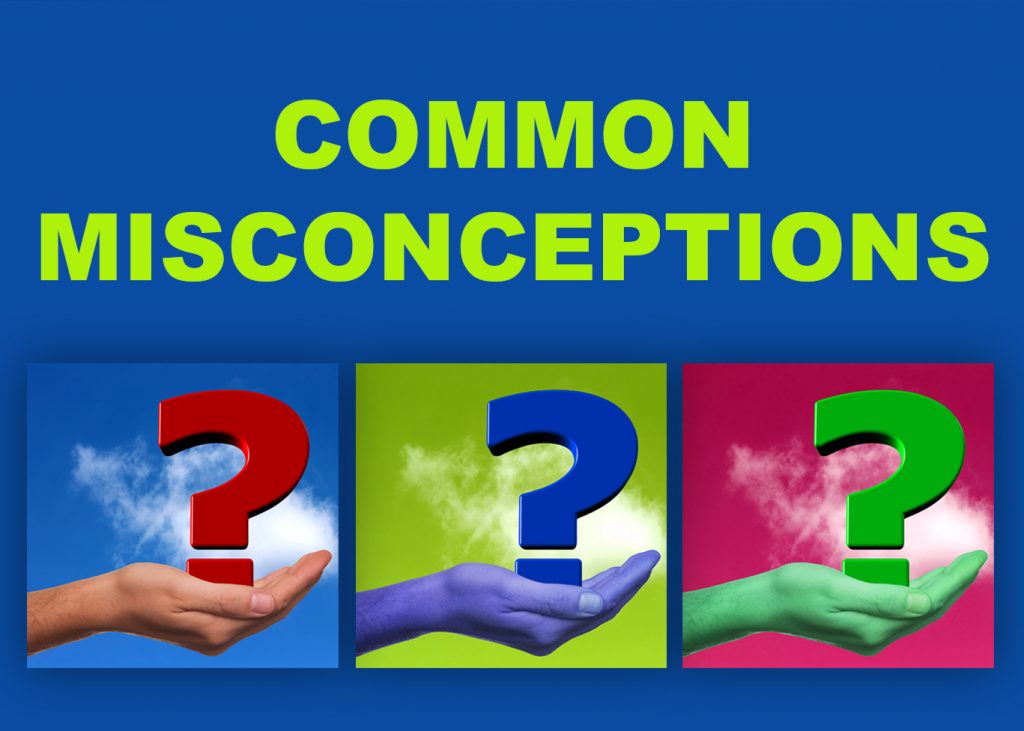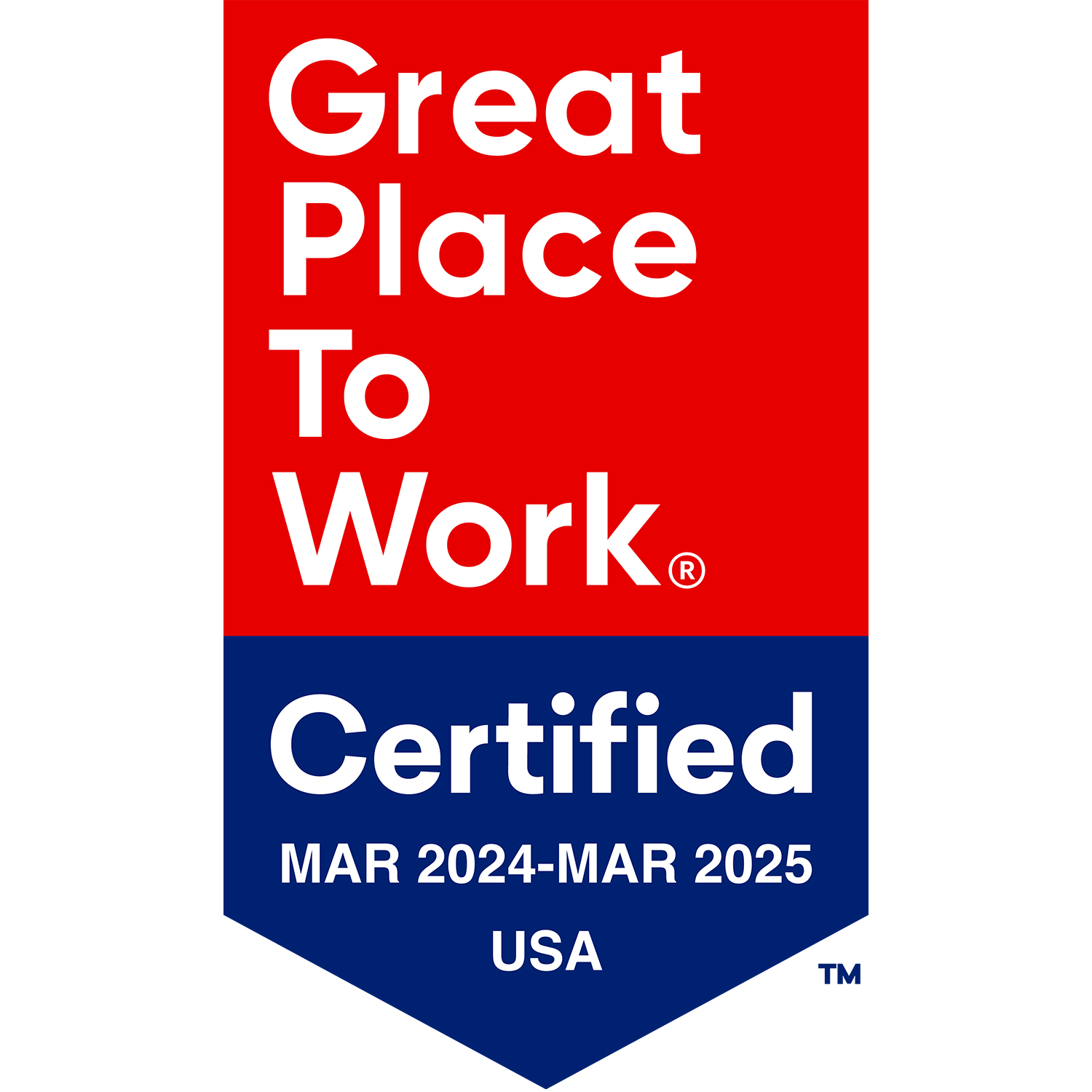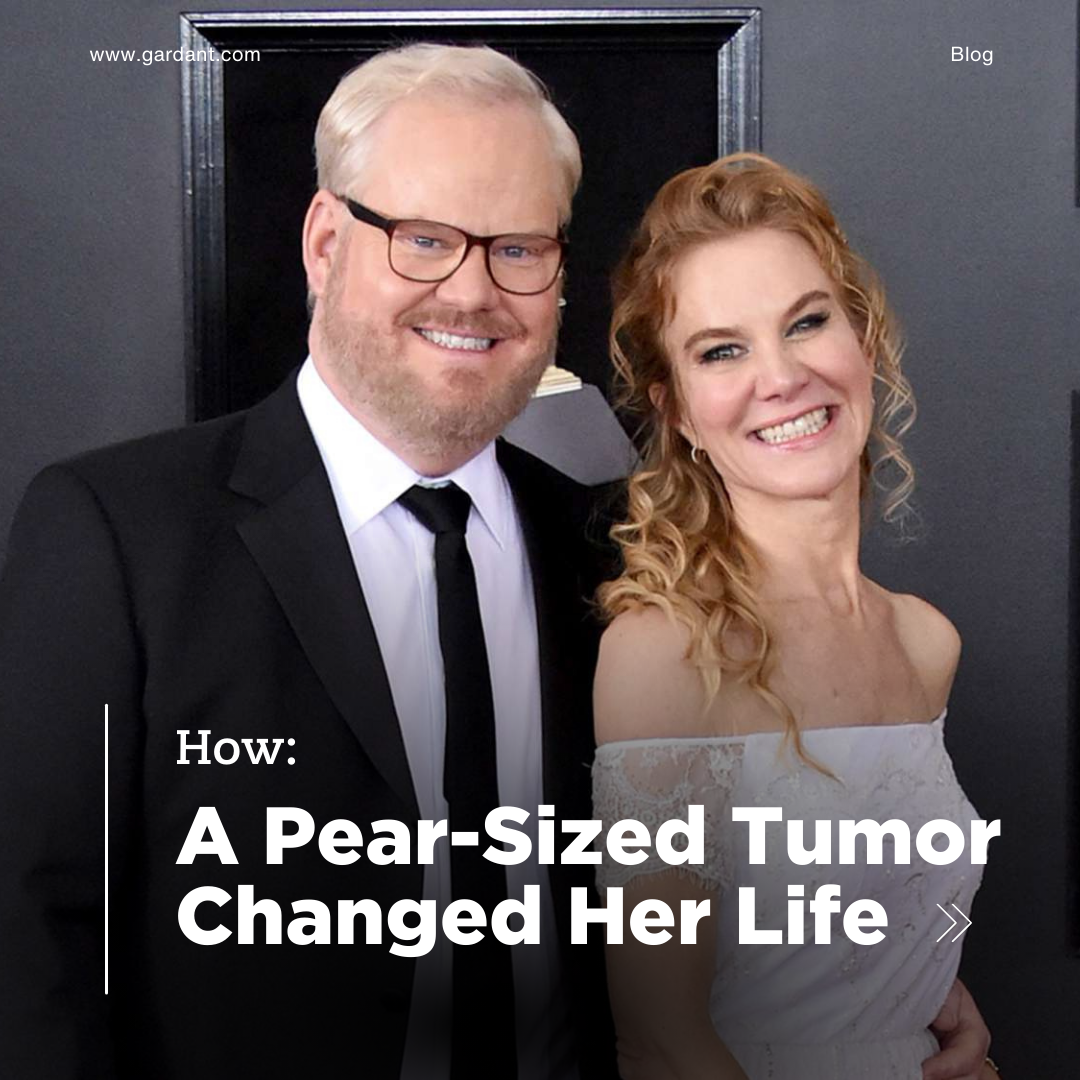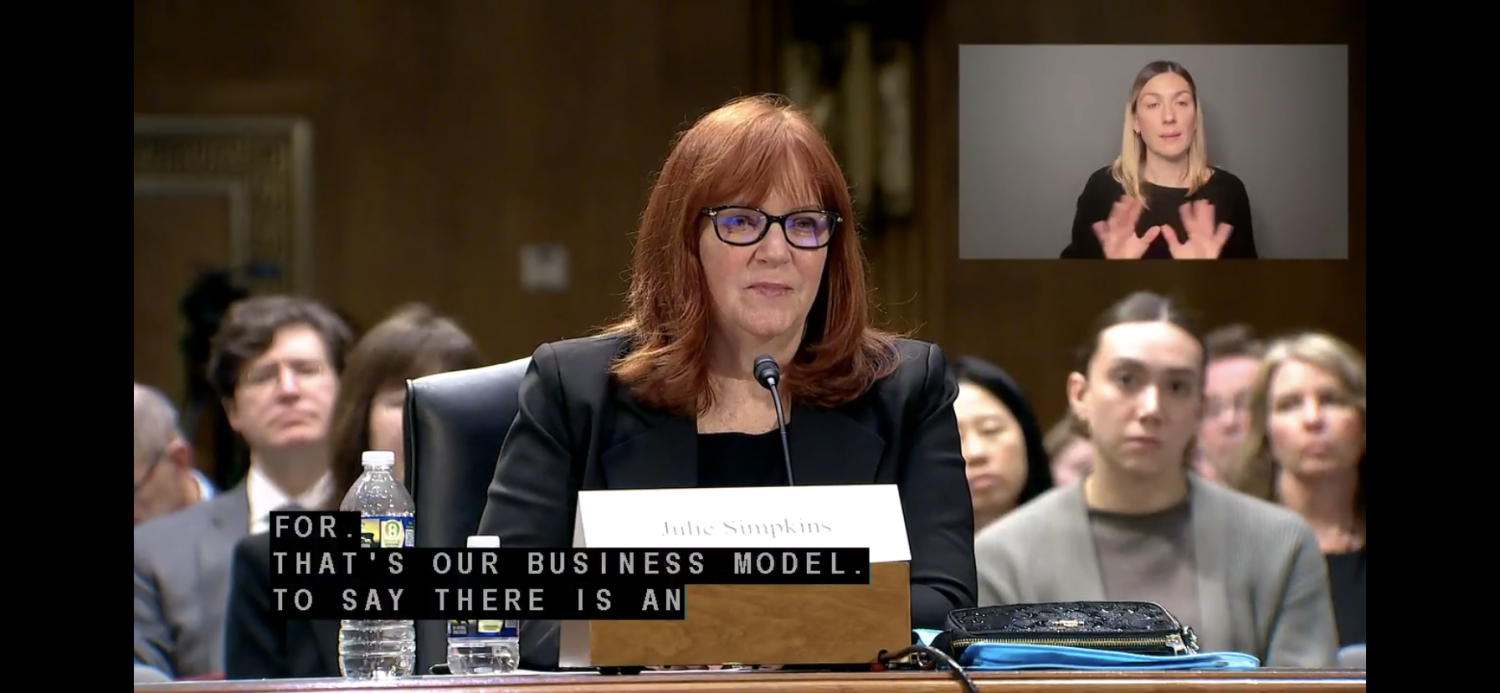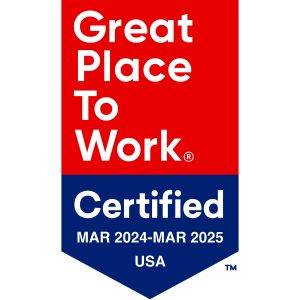Let me address a question that was raised by Jeff Rubin during a Zoom meeting last week.
Jeff is author of “Wisdom of Age: Insights from One Generation to Another,” a book dedicated to the battle against ageism. A link to the book can be found here.
Jeff’s question was, what are the most common misconceptions people have about assisted living?
From my experience, the biggest misconception is the perception that assisted living is no different than a nursing home.
For some, it is the notion that assisted living is nothing more than a fancy marketing or branding term designed to make a nursing home seem more palatable. For others, what pops into their mind is the image of a convalescent or proverbial “old folks” home. Residents sharing small rooms with bathrooms down the hall. Frail old people slumped over in wheelchairs or in rockers on the front porch. A place to avoid at all costs.
Media stories by reporters who are not careful or have not done their homework can add further fuel to the fire. For example, a story posted last month on the website of a major metropolitan newspaper featured a picture positioned immediately under the headline. The picture was of the exterior of an assisted living community. In the foreground of the picture, clear enough for everybody to see, was signage that gave the name of the community with the words “Assisted Living and Memory Care.” The caption under the picture and the text in the story was all about nursing homes.
So often, it is not until a person has had the opportunity to visit one of the communities that we manage that their thinking changes. So frequently, they tell us, this is not at all what we expected.
We can talk with them over the phone about how the community combines residential apartment-home living with the availability of personal assistance; help with medications; and support services such as three meals a day plus snacks, housekeeping and laundry.
We can tell them about how the community features private apartments, with kitchenettes; spacious bathrooms, with showers and grab bars; individually controlled heating and air conditioning; and an emergency alert system. We can mention that residents can furnish and decorate their apartments to their taste with their own furniture.
We can go over all of the community areas that residents are able to enjoy; certified staff being on-duty 24 hours a day, seven days a week; and all of the opportunities that are available for residents to socialize with family, friends and neighbors and participate in social, educational, recreational and wellness programs and events. We cite research that indicates that socialization ranks as one of the biggest keys to healthy aging. We can highlight the exercise programs that are designed to improve strength, flexibility and balance and talk about the positive peer pressure that we see – residents encouraging other residents to join them for an activity.
We can emphasize that our focus is on providing residents with the Love, Compassion and Dignity they deserve in addition to providing them with the assistance and services they need to help them achieve and maintain as much independence as possible for as long as possible.
As the coronavirus and COVID-19 continue to impact all of us, we can stress how the safety of residents and staff have been and will continue to be our #1 Priority and how we have been and will continue to be proactive in taking steps to ensure the health and safety and minimize their possible exposure to the coronavirus.
A common comment that I hear from people after they have had the opportunity to visit one of the communities we manage is “this is not what I expected.” What I saw is so much better than what I expected to see.
Care
There are misconceptions about how much care an assisted living community is able to provide versus the care available in a nursing home licensed to provide skilled nursing care. There are some big differences.
Skilled nursing is a much higher level of care than can be provided in assisted living. For example, it is for individuals who need care that can only be provided by licensed health care professionals; individuals who need frequent or constant monitoring of vital signs, wound care, IV therapy or injections. It is for individuals who may need to be bathed, dressed and fed.
The level of care assisted living communities provide varies widely from state-to-state and from community-to-community. Generally speaking, assisted living communities provide help and assistance; they are not able to provide the much higher level of skilled nursing care that is available in a nursing home.
For example, the assisted living communities we manage can help a resident with a shower; with grooming and getting dressed; with getting in and out of bed or chair; versus bathing, grooming and dressing a resident or lifting a resident into and out of bed or a chair.
From my experience, the misconception most frequently becomes an issue if a resident’s needs have increased to the point where they exceed what the assisted living community is able to provide. Depending on what state regulations allow, the resident or resident’s family may be able to hire a home health agency to come into the assisted living community and provide the resident with the additional services needed. If not, the hard reality is the resident no longer qualifies for assisted living; a move is necessary.
As older adults and their families research the assisted living options that are available, they should be given a clear understanding from each community as to what services are available and what happens if a resident develops needs beyond what a community can provide.
Cost
A third common misconception is that there are much better options financially than assisted living.
One of those options is to rely on a spouse or other family members to serve as caregivers, providing the help and assistance that is needed. A few things to consider.
The physical toll and emotional stress of caregiving can have a tremendous negative impact on the health of a spouse who is the caregiver. What we frequently see is the spouse serving as caregiver developing more health issues than the husband or wife for whom they are caring.
Likewise, having family members serve as caregivers can take a toll on the caregiver and their family. Family members often are not trained as caregivers, and often the family members serving as caregivers have to balance their caregiving responsibilities with work and the needs of their own family.
Another option is bringing in home health care services.
Financially, home health care can be as expensive if not more expensive than assisted living. According to the Genworth 2019 Cost of Care Survey, the average monthly cost nationally for homemaker services was $4,290 and for a home health aide was $4,385. The average monthly cost for assisted living was $4,051.
Keep in mind that monthly costs for home health care only covers the costs for homemaker or home health aide services. It does not cover other costs that are typically included in the monthly fee for assisted living such as rent or expenses associated with living in a home, condominium or townhome (mortgage, property taxes, homeowner’s insurance, maintenance and repairs); food; heat and air conditioning.
A third option is going without the help and assistance that is needed; struggling alone.
In the short-term, going without is obviously cheaper. But is cheaper better?
So much depends on the type of help and assistance a person needs.
For instance, what is the person eating? Is the person getting the nutrition they need? Who is preparing meals?
Is the person taking the medications they need to be taking in the right amounts when they need to be taken?
Individuals who are not eating or taking their medications properly are much more at risk of needing hospitalization or nursing home care.
The cost of nursing home care is significantly higher than the cost of assisted living. The Genworth study cites the average monthly cost nationally for a semi-private room in a nursing home as $7,513. The average cost for a private room was $8,517.
Unfortunately, many people are under the misconception that Medicare will cover the costs if they end up in a nursing home. The reality is that traditional Medicare covers very little in the way of nursing home care. Coverage is limited to a small number of days and only if you are in a specific kind of nursing home for short-term rehab from say a broken hip and you meet certain criteria. Otherwise, you are on your own, either paying out of your own pocket or using long-term care insurance.
Medicaid will pay for nursing home care, but if you are on limited income and only after you have depleted virtually all of your savings.
If you do end up needing nursing home care, you most likely will be depleting your savings at a much faster pace than if in an assisted living community.
What Residents and Research Have to Say
One of the things I like best about what I do is the opportunity to meet and talk with residents who have made a Gardant-managed senior living, assisted living or memory care community their home. I’ll ask them about where they lived before moving into the community, what prompted the move, and what they think now of their decision to move.
What I so often hear is that it is the best/one of the best decisions I have made. I am getting the help I need. I look back and ask myself what took me so long to make the move. I should have made the move much sooner.
In terms of research, the results of a Pro Matura study published last year found that people who had moved into a senior living community were overall happier and some were healthier than people who had not moved in. The study noted that people living in senior living communities were much more likely to participate in activities, eat with others, exercise and spend more time with family.
Another study found that most residents of senior living communities and their families are happy with the care they have been receiving during the coronavirus pandemic. The skeptics were non-residents.
Oh how misconceptions impact perceptions.
